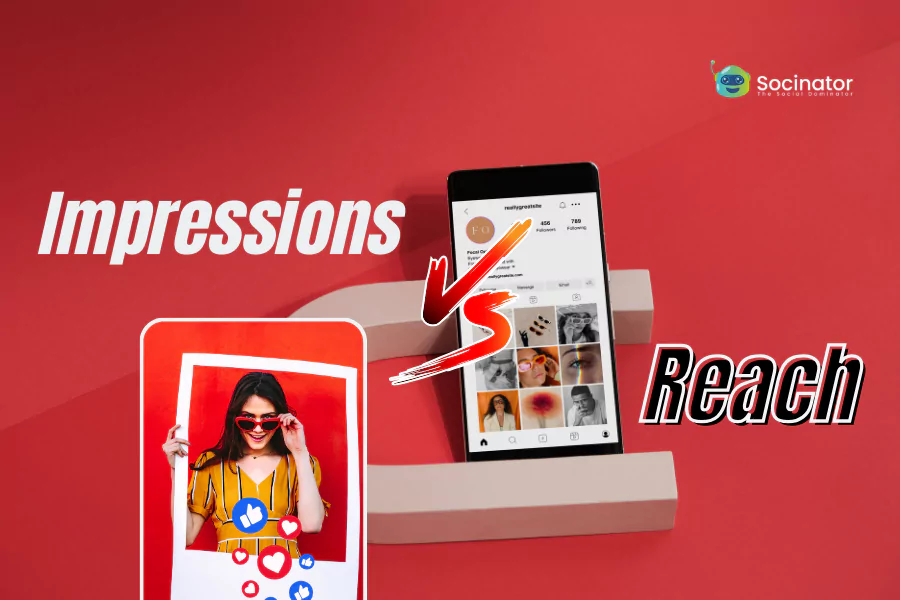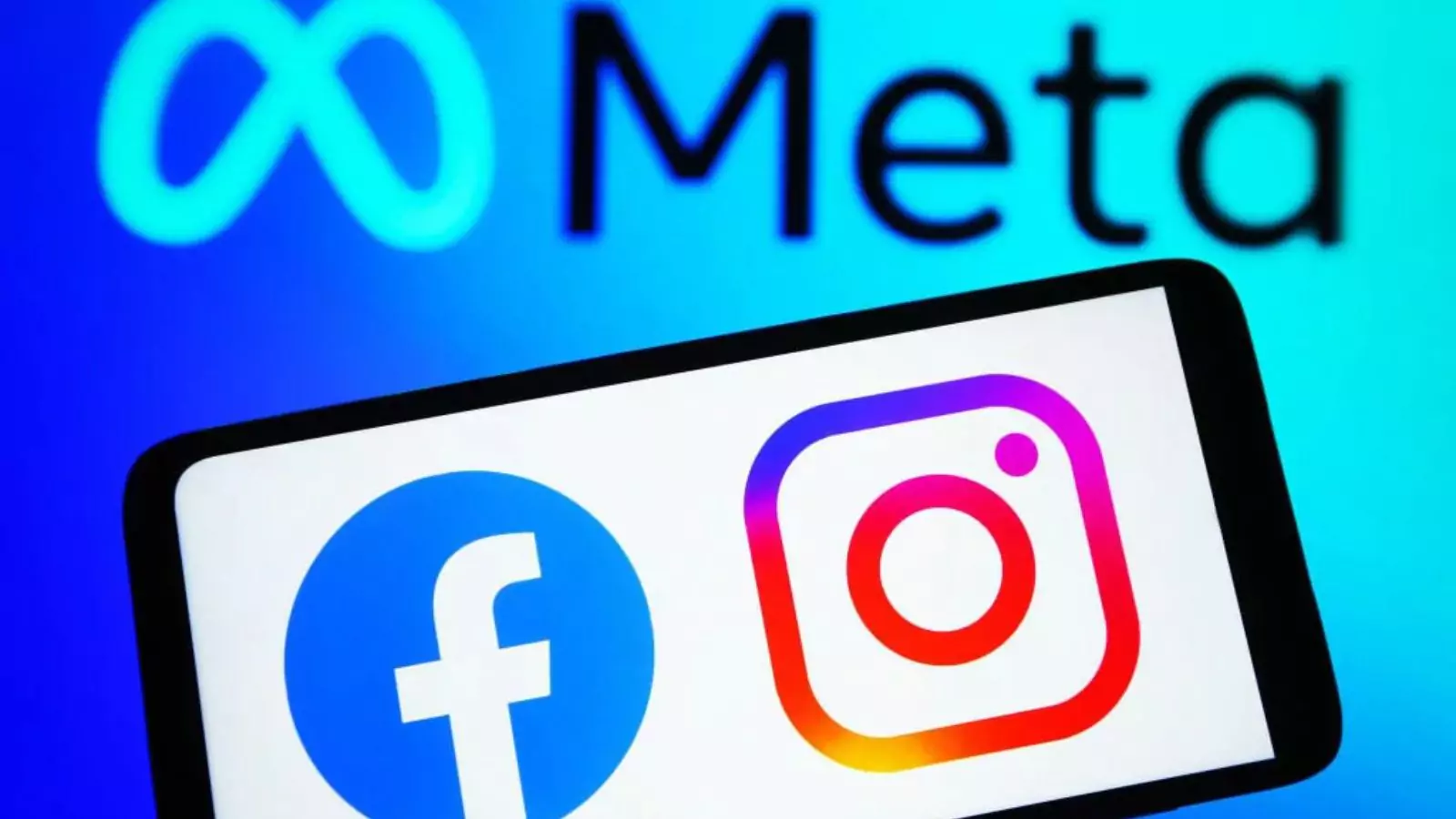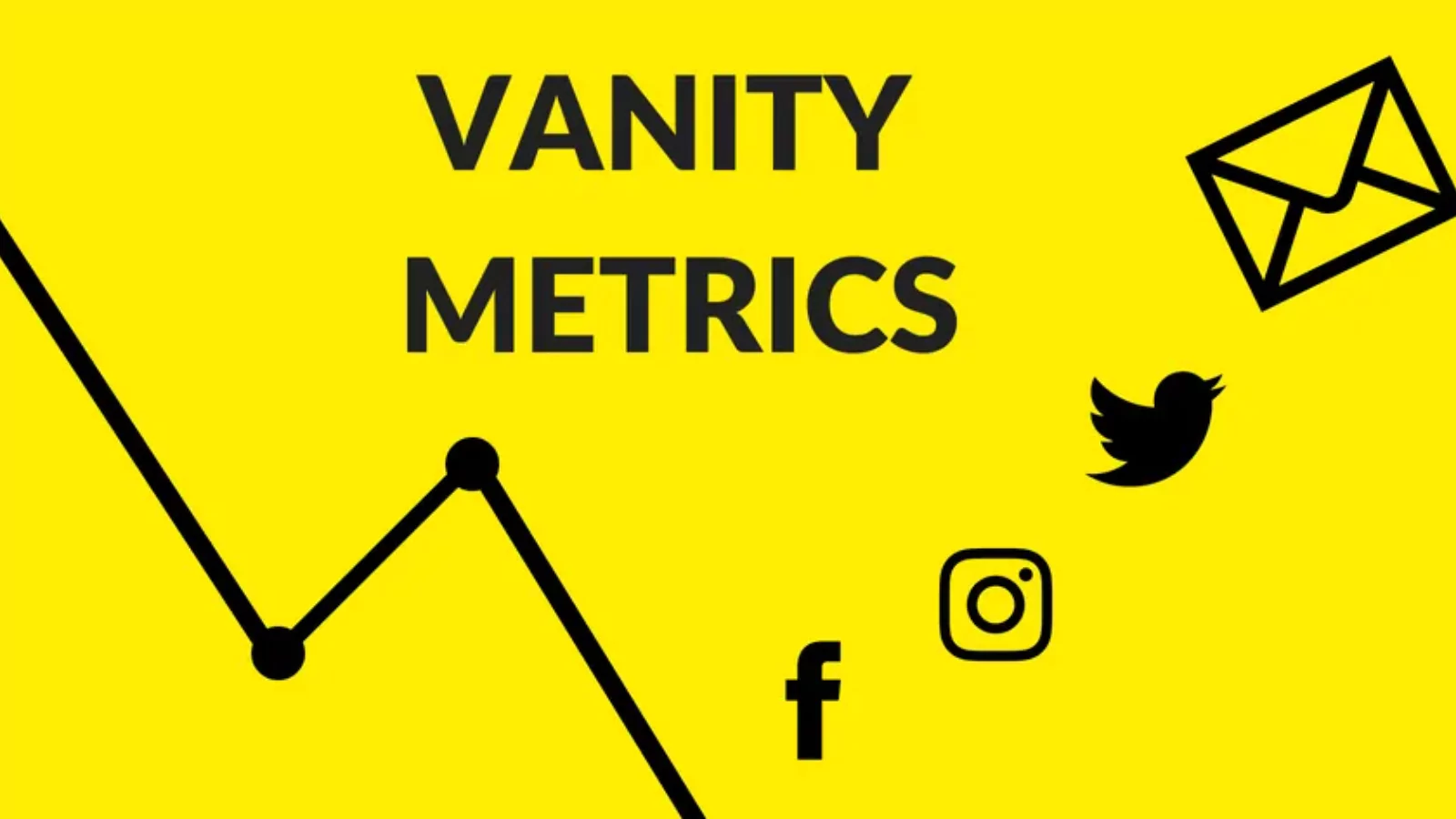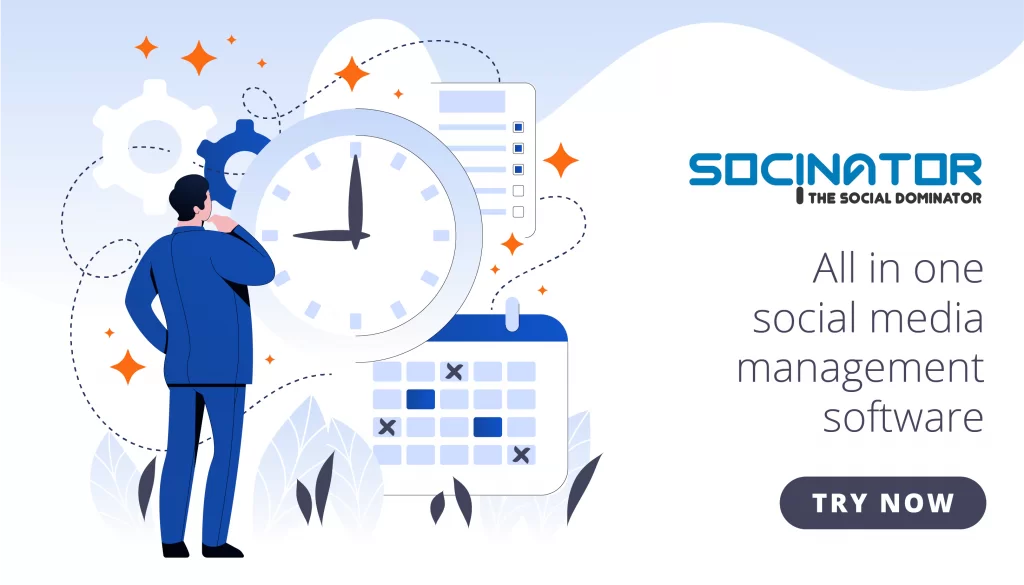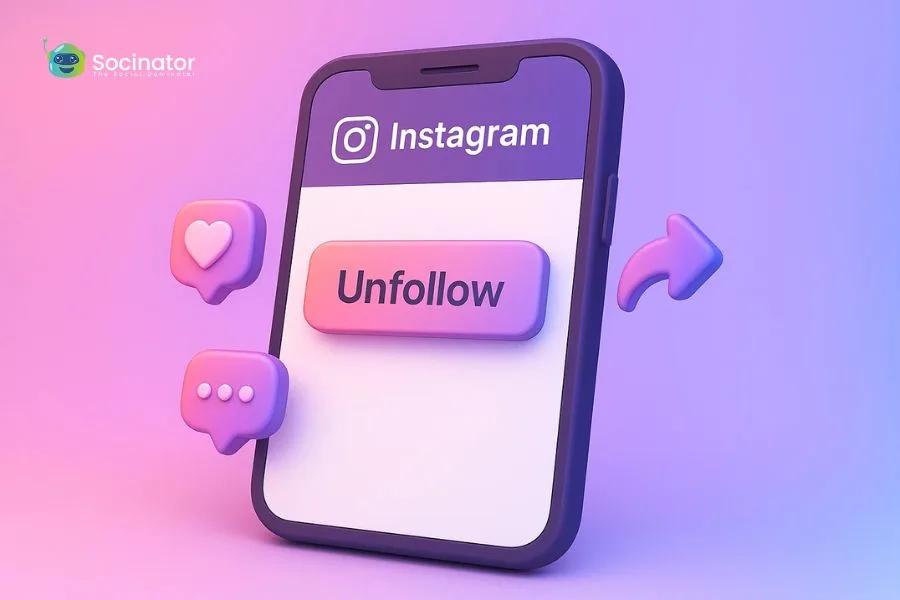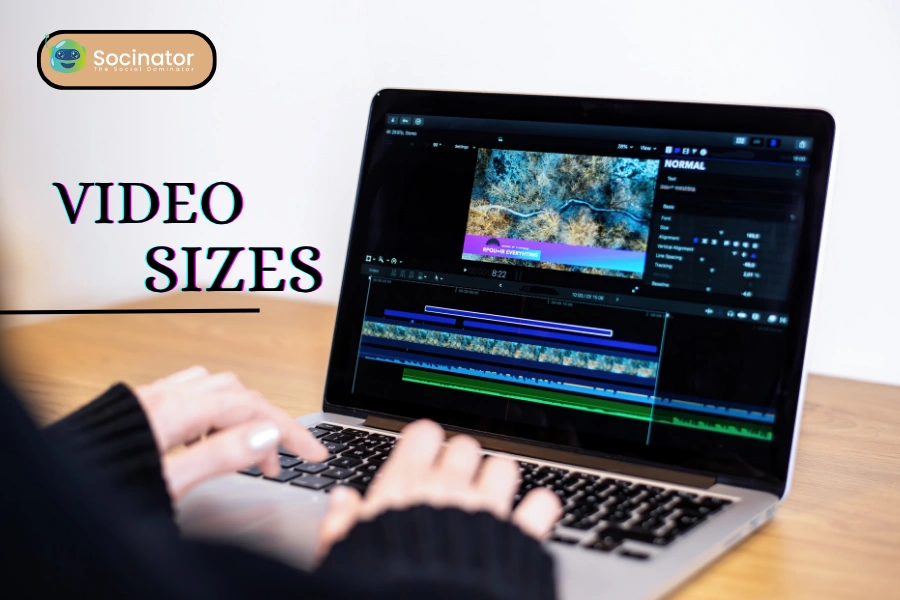Marketing success isn’t just about visibility—it’s about meaningful interactions. Yet, 60% of marketers struggle to prove ROI because they focus on the wrong social media metrics. Two of the most misunderstood terms? Impressions vs reach.
At first glance, they seem similar—both measure how many people see your content. But dig deeper, and the differences impact strategy, budget, and results. Confusing them can lead to wasted ad spend, misguided campaigns, and missed opportunities.
This guide breaks down:
- The real difference between impression vs reach
- When to prioritize one over the other
- How top brands use these metrics to boost engagement
- Common mistakes (and how to avoid them)
- The hidden metrics that matter more than both
Let’s start with the basics: reach versus impressions.
Impressions vs Reach: The Core Difference
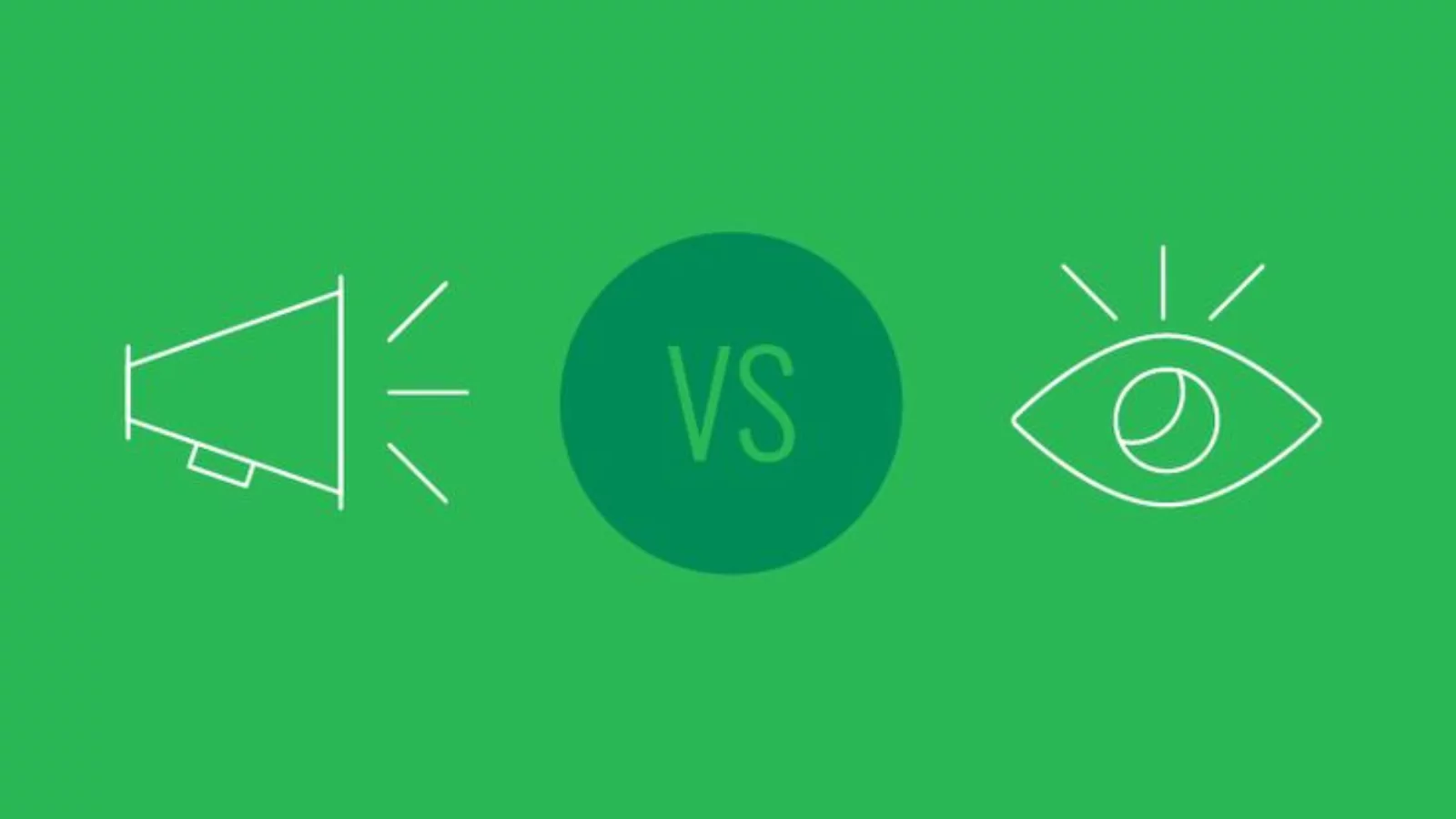 If you think, “Is reach the same as impressions?”, then let us understand in easy words.
If you think, “Is reach the same as impressions?”, then let us understand in easy words.
Impressions = Total Views (With a Catch)
Impressions count every time your content appears—even if the same person sees it 10 times. If your ad loads on a screen 500 times, that’s 500 impressions.
But here’s the problem:
- A user scrolling past your ad still counts as an impression.
- Platforms like Facebook count an impression the second an ad appears, even if it’s not viewed.
This makes impressions a vanity metric—good for brand awareness but weak for measuring real impact.
Reach = Unique Viewers (The Real Audience)
Reach tracks how many individual people saw your content. If your ad appears 500 times but only to 300 people, your reach is 300.
Why reach matters more:
- Shows true audience size
- Helps avoid ad fatigue (showing the same ad too often)
- More accurate for measuring brand exposure
Example:
A LinkedIn post with:
- 10,000 impressions → Seen 10,000 times
- 2,000 reach → Viewed by 2,000 unique users
This means, on average, each user saw the post 5 times.
So now you know what is the difference between impressions and reach? But which one should you track? The answer isn’t one or the other—it’s about how they work together. Next, let’s see how platforms measure them differently.
Platform-Specific Nuances: How Major Networks Measure Impressions vs Reach
Understanding impressions vs reach becomes even more critical when you examine how different social platforms handle these metrics. The same campaign can show wildly different numbers depending where it runs – here’s why:
Facebook & Instagram (Meta Platforms)
Facebook reach vs impressions often causes confusion, especially across sister platforms (Meta) that share similar approaches:
- Impressions tally every single instance your content appears on screen – even if the user scrolls past in milliseconds. This creates potential inflation.
- Reach counts unique accounts that saw your content but controversially includes:
- Partial screen time (as little as 1 second)
- Auto-playing video (without sound)
- Paid ads get 2-3x more impressions than organic posts due to forced repetition.
Key Insight: A Facebook ad with 50,000 impressions might only reach 15,000 actual people – meaning each user saw it ~3.3 times on average.
LinkedIn’s Professional Lens
The business network takes a more conservative approach:
- Impressions include multiple views from the same user (like when someone revisits your post)
- Reach only counts when a member engages – through:
- Stopping their scroll on your post
- Expanding the content
- Clicking reactions/comments
Example: A LinkedIn article showing 10,000 impressions might only reach 4,000 decision-makers, but these are higher-value views.
Google Ads’ Search-Centric Model
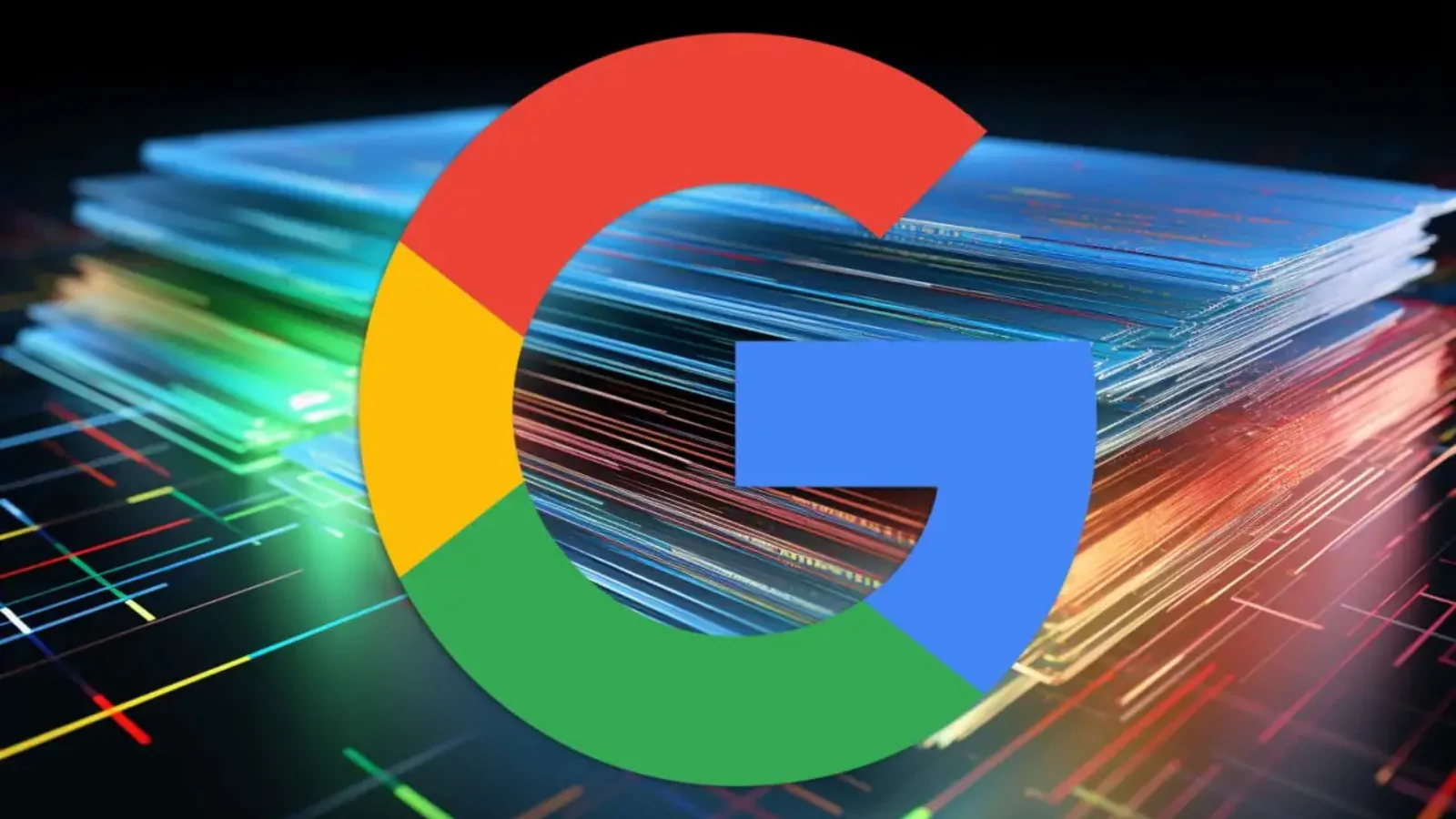 The search giant operates differently:
The search giant operates differently:
- Impressions occur every time your ad appears on SERPs – even if it’s below the fold
- Reach is estimated (not exact) because:
- Users might be logged out
- The same person could use multiple devices
- Cookie restrictions limit tracking
Pro Tip: For accurate cross-platform tracking, invest in reliable social media management software that normalizes these differences in a unified dashboard. Tools like Sprout Social or Hootsuite can show true apples-to-apples comparisons.
Now that we’ve seen how platforms measure differently, let’s examine the costly mistakes marketers make when interpreting these numbers…
Common Pitfalls: Why Obsessing Over Impressions vs Reach Can Backfire
We’ve all been there – staring at a dashboard showing huge impression numbers while wondering why actual sales aren’t moving. Let me walk you through the real-world pitfalls I see every day:
Pitfall #1: Getting Drunk on Vanity Metrics
The scenario: You’re celebrating 500,000 impressions. But then you notice:
- Only 800 clicks (that’s just 0.16% CTR)
- A measly 15 conversions
- $200 cost per conversion – ouch!
The fix: When analyzing impressions vs reach, always cross-check with:
- Actual engagement rates
- Conversion tracking
- Real cost-per-result numbers
Pitfall #2: Burning Money on Ad Fatigue
Here’s something scary: when your impressions ÷ reach ratio goes above 3, you’re essentially stalking your audience. One DTC brand proved this by:
- Reducing frequency from 4.2 to 2.8
- Achieving 37% lower CPA
- Maintaining conversions but with 22% better ROAS
Pitfall #3: Getting Fooled by Fake Traffic
In my experience auditing accounts:
- About 15% of “impressions” are bots or invalid traffic
- Some platforms count accidental scroll-bys as valid impressions
Protect yourself by:
✓ Enabling Google Analytics’ bot filtering
✓ Watching for weird patterns (like 3AM traffic spikes)
Pitfall #4: The Moving Goalposts Problem
Just last month, Instagram quietly changed how they count story reach. And LinkedIn now splits “in-feed” versus “detailed” reach. My advice? Do a quarterly metrics audit to catch these shifts.
Remember: While impressions vs reach gives the surface-level picture, the real gold is in engagement metrics that move your business forward.
Read More
How To Measure Facebook Reach vs Impressions?
Social Media Metrics: Everything You Need To Know
Beyond Impressions vs Reach: The Metrics That Truly Drive Results
While understanding the difference between impressions and reach is crucial, they only tell part of the story. What matters is what happens after people see your content. Let’s explore three metrics that reveal whether your marketing efforts are actually working or just creating empty noise.
1. Engagement Rate: The True Measure of Content Resonance
Engagement rate (likes, shares, comments, saves) shows who stopped scrolling to interact. Unlike impressions vs reach, which track visibility, engagement proves your content sparked interest.
Why it matters:
- A post with 100,000 reach but 500 likes (0.5% engagement) underperforms
- A post with 10,000 reach and 1,000 likes (10% engagement) signals a strong connection
Pro Tip:
- Instagram Reels average 0.7% engagement; carousels often hit 1.5% (RivalIQ 2023 data)
- Use social media management software like socinator to benchmark against competitors
2. Conversion Rate: Where Clicks Turn to Cash
Your impressions vs reach debate means little if views don’t convert. Conversion rate measures how many took the desired action (purchases, signups, downloads).
The reality check:
- 10,000 ad reach → 100 clicks → 5 sales = 0.05% conversion rate
- Even “viral” content often converts poorly without strategic CTAs
Fix this by:
✔ Placing conversion elements “above the fold”
✔ Testing lead magnets (e.g., “Get our free pricing guide” outperforms “Learn more”)
3. Bounce Rate: The Silent Campaign Killer
High reach means nothing if visitors leave instantly. Bounce rate shows the percentage of people who viewed one page and exited.
Industry benchmarks:
- 70%+ = Poor (likely misleading ad/content mismatch)
- Under 40% = Strong (content delivers on promise)
Case Example:
An SaaS company reduced bounce rate from 78% to 33% by:
- Matching ad copy to landing page headlines
- Adding video explainers atop key pages
Real-World Case Study: From Vanity Metrics To Real Growth
Let’s be honest—most marketers obsess over big numbers. High impressions? Great. Massive reach? Even better. But here’s the hard truth: Those metrics alone won’t pay the bills.
Take this real example: A luxury skincare brand was thrilled about hitting 500,000 monthly impressions on Instagram and Facebook. But when they dug deeper, the results were sobering:
- Only 2% of viewers engaged with their posts
- A dismal 0.3% conversion rate
- Each new customer cost them $120 to acquire
That’s when they realized: Impressions vs reach isn’t just a technical distinction—it’s the difference between wasting ad spend and driving real revenue.
Why The Confusion Between Impressions and Reach?
At first glance, they seem similar:
- Impressions = Every single time your content appears (even if the same person sees it 10 times).
- Reach = The actual number of unique people who saw it.
But here’s where most marketers go wrong:
Impressions can be misleading.
If your ad appears 500,000 times but only 100,000 people see it, you’re showing the same content repeatedly—often to people who aren’t interested. That’s why the skincare brand’s “high impressions” didn’t translate into sales.
Reach tells you who’s really seeing your content.
But even reach has limitations—it doesn’t show whether those people cared enough to engage.
The Turning Point: Shifting from Vanity Metrics to Engagement
Instead of chasing impressions, the skincare brand overhauled their strategy:
- They ditched generic stock photos and flooded their feed with real customer testimonials and before-and-after videos.
- They used swipe-up links in Stories (back when Instagram allowed them) to shorten the path to purchase.
- They retargeted warm leads—people who had visited their site but didn’t buy—with personalized dynamic ads.
The result?
- Engagement tripled (from 2% to 8%).
- Cost per acquisition dropped by 40% (from
- 120to
- 120to72).
- 22% of customers came back for repeat purchases.
The Lesson: Impressions vs Reach Is Just the Starting Point
If you’re only tracking these two metrics, you’re missing the bigger picture. Here’s what actually moves the needle:
- Engagement rate (likes, comments, shares)
- Click-through rate (CTR)
- Conversion rate (how many clicks turn into sales)
How To Apply This to Your Strategy
- Stop obsessing over impressions. High numbers don’t mean success.
- Use reach to refine targeting. If your reach is low, your audience might be too broad.
- Focus on engagement. If people aren’t interacting, your content isn’t resonating.
In our next section, we’ll explore how social media marketing software like socinator can help you implement these insights at scale – stay tuned to discover smarter ways to maximize your reach and engagement.
Socinator – Social Media Auomation Tool
 Tired of being chained to your screens managing multiple social accounts? Socinator acts like your personal social media manager, handling the repetitive tasks so you can focus on strategy. This powerful automation tool helps you grow your presence across LinkedIn, Instagram, Twitter, Pinterest, and more – all while you sleep.
Tired of being chained to your screens managing multiple social accounts? Socinator acts like your personal social media manager, handling the repetitive tasks so you can focus on strategy. This powerful automation tool helps you grow your presence across LinkedIn, Instagram, Twitter, Pinterest, and more – all while you sleep.
Track Performance Effortlessly
Socinator helps you monitor your social media growth with detailed activity reports, so you can refine your strategy based on real data.
Expand Your Network Automatically
Socinator allows you to send, accept, or decline connection requests on autopilot, helping you build relationships with the right audience—without manual work.
Boost Engagement Without the Grind
With Socinator, you can automatically like and comment on posts, keeping your brand active and visible while you focus on bigger goals.
Schedule Posts in Advance
Socinator helps you maintain a consistent posting schedule by letting you queue content ahead of time or pull directly from RSS feeds.
Never Miss Important Moments
Socinator allows you to auto-wish on birthdays, work anniversaries, and other key events—so your brand stays top of mind.
Send Bulk Messages in Seconds
With Socinator, you can broadcast announcements or promotions to your entire network with just a few clicks—no tedious manual outreach.
Stay Responsive 24/7
Socinator helps you never miss a message by auto-replying to common inquiries, keeping engagement high even when you’re offline.
Why Waste Hours on Repetitive Tasks?
Socinator handles the busywork so you can focus on strategy, creativity, and real growth. Try it and watch your social presence thrive—on autopilot.
Final Thought
The difference between impressions vs reach isn’t just academic—it’s strategic. One tells you how often your content appears; the other tells you how many real people saw it. But neither matters if those people don’t take action.
Want to dive deeper? Check out how social media automation tools can help track these metrics—and turn them into real growth.
FAQs: Impressions vs Reach Demystified
Q1. How does audience overlap affect reach vs impression?
A: Audience overlap plays a big role in the reach vs impression debate. If the same group of users keeps seeing your content, your impressions rise, but reach stays the same. This leads to high frequency and potential ad fatigue. To avoid this, segment your audiences better or refresh your creatives frequently.
Q2. Is it possible for impressions to be high but reach to remain low?
A: Absolutely. This is common when a small audience sees your content multiple times. For example, if 1,000 people see the same ad five times each, that’s 5,000 impressions but only 1,000 reach. In the impressions vs reach comparison, this often signals a frequency problem that might frustrate viewers or cause them to tune out.
Q3. Can organic and paid campaigns affect reach vs impression differently?
A: Yes. Organic campaigns usually have limited reach but lower impressions per user. Paid campaigns, on the other hand, often result in higher impressions due to boosted frequency but may not drastically expand unique reach without proper targeting. Understanding reach vs impression in this context helps balance spend with exposure quality.

